Teenager Builds His Own “Death Ray” Using a 2,000-Year-Old Methodology
Science fairs can be a great time to showcase your innovation and inspiration. While some of us will be treating the standard volcanoes (which is still undoubtedly cool), others, like Canadian middle schooler Brenden Sener, will be designing a death ray.
How did Sener create this death ray? Through research on the Greek inventor and mathematician Archimedes.
Who Built the First Death Ray?
Archimedes of Syracuse was an ancient Greek mathematician, physicist, engineer, astronomer, and inventor who lived from c. 287 BC to 212 BC. He earned recognition as one of the leading scientists of classical antiquity.

Source: Edgar Serrano/World History Encyclopedia
Archimedes’ work still has a profound influence on the development of science and technology today, as seen by Sener’s recent science fair project.
What Is a Death Ray?
Sener’s inspiration for his death ray came from a record of Archimedes creating a weapon that used mirrors to set Roman ships on fire more than 2,000 years ago. The middle schooler created a miniature version of the death ray with mirrors and heat lamps.
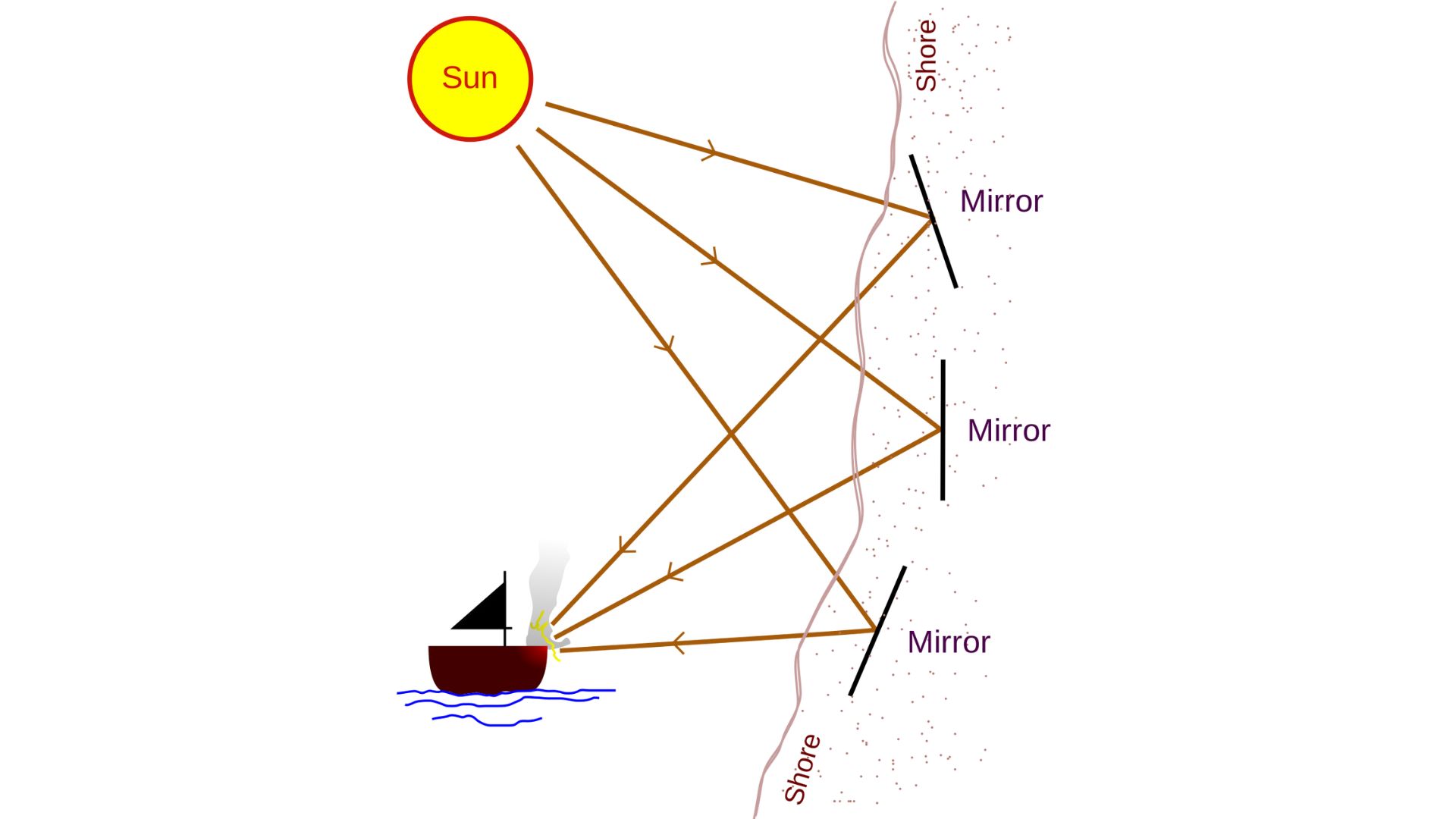
Source: Wikimedia Commons
When testing the object, Sener discovered that the death ray significantly increased the temperature of the target, shocking him.
Sener Has Drawn to Archimedes's Work Before
Sener became interested in the famous mathematician after watching a documentary that included the Archimedes screw. The ancient machine, also known as the water screw or Egyptian screw, raised water like a pump.

Source: Wikimedia Commons
Sener recreated the Archimedes screw for a science fair project. With the next science fair approaching, Sener turned back to Archimedes for inspiration.
How Archimedes Inspired Sener
“Due to Archimedes being such an amazing inventor, I decided to research more of his inventions,” he said to Business Insider. During his research, Sener discovered that Archimedes created a weapon that functioned by “tilting a kind of mirror toward the sun.”
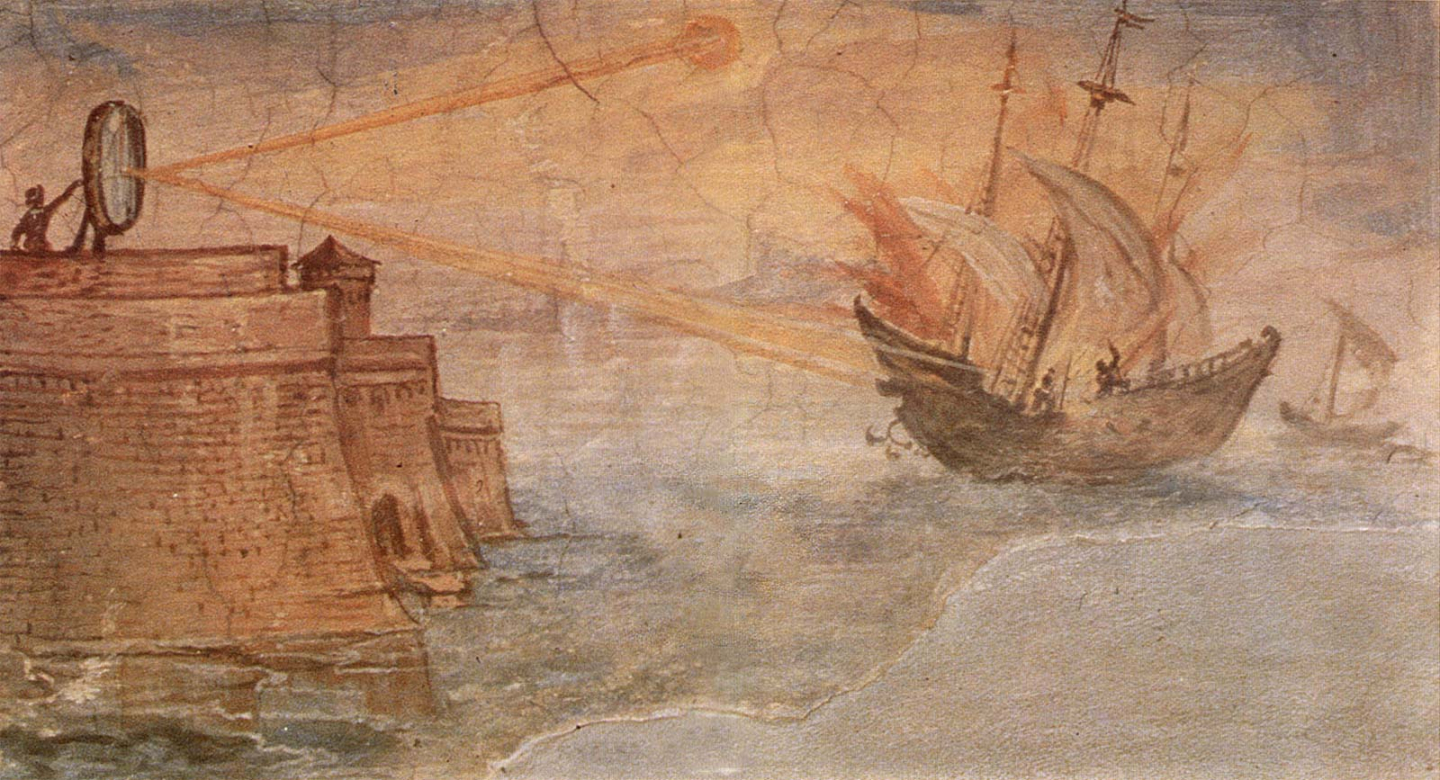
Source: Greg Blonder/YouTube
In doing so, Joannes Zonaras, a historian from the 12th Century, noted that Archimedes “burned up the whole Roman fleet.”
How Did Sener’s Death Ray Work?
In a scaled-down version of Archimedes’s death ray, Sener used a heating lamp to represent the sun. Small, concave mirrors reflected the light onto a piece of cardboard with a targeted naked as “X.”
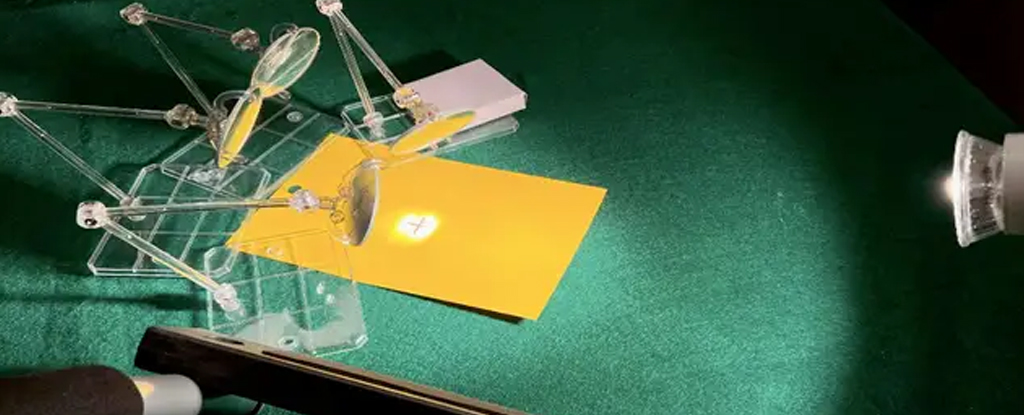
Source: Brenden Sener
With an infrared thermometer measuring the temperature increase each time Sener added a mirror, the t target reached 128 degrees Fahrenheit.
Sener’s Version Was the Closest He Could Get the Real Thing
“It was just a smaller version of as close as I could get it in real life,” Sener said. The result of his science fair project drew Sener to the conclusion that Archimedes’s death ray wasn’t impossible if it had used many more mirrors and a hotter heat source, like the actual sun.

Source: The Sener Family
While Sener has shown that the death ray is impressive, it looks nothing like the death rays kids dreamed of from the Space Age in the U.S. up until now.
Death Rays Have Always Captured Our Imaginations
The Death Ray has its pop culture allure surrounding it. It is the thing made of legend, mystery, and power. Who wouldn’t want to get their hands on one?

Source: Rich Bowen/Flickr
However, death rays have largely belonged to the world of science fiction. The philosopher Rene Descartes found it impossible to recreate the death ray with mirrors in 1637. However, several others would try to recreate the death ray despite Descartes’s beliefs.
The Many Tests, Failures, and Success of the Death Ray
A century after Descartes’s findings, Athanasius Kircher went to Syracuse to figure out how far the Roman boats would need to be for the mirrors to work on setting alight. In 1747, Georges-Louis Leclerc, Comte de Buffon, a French naturalist, attempted to replicate the mirror-based death ray.
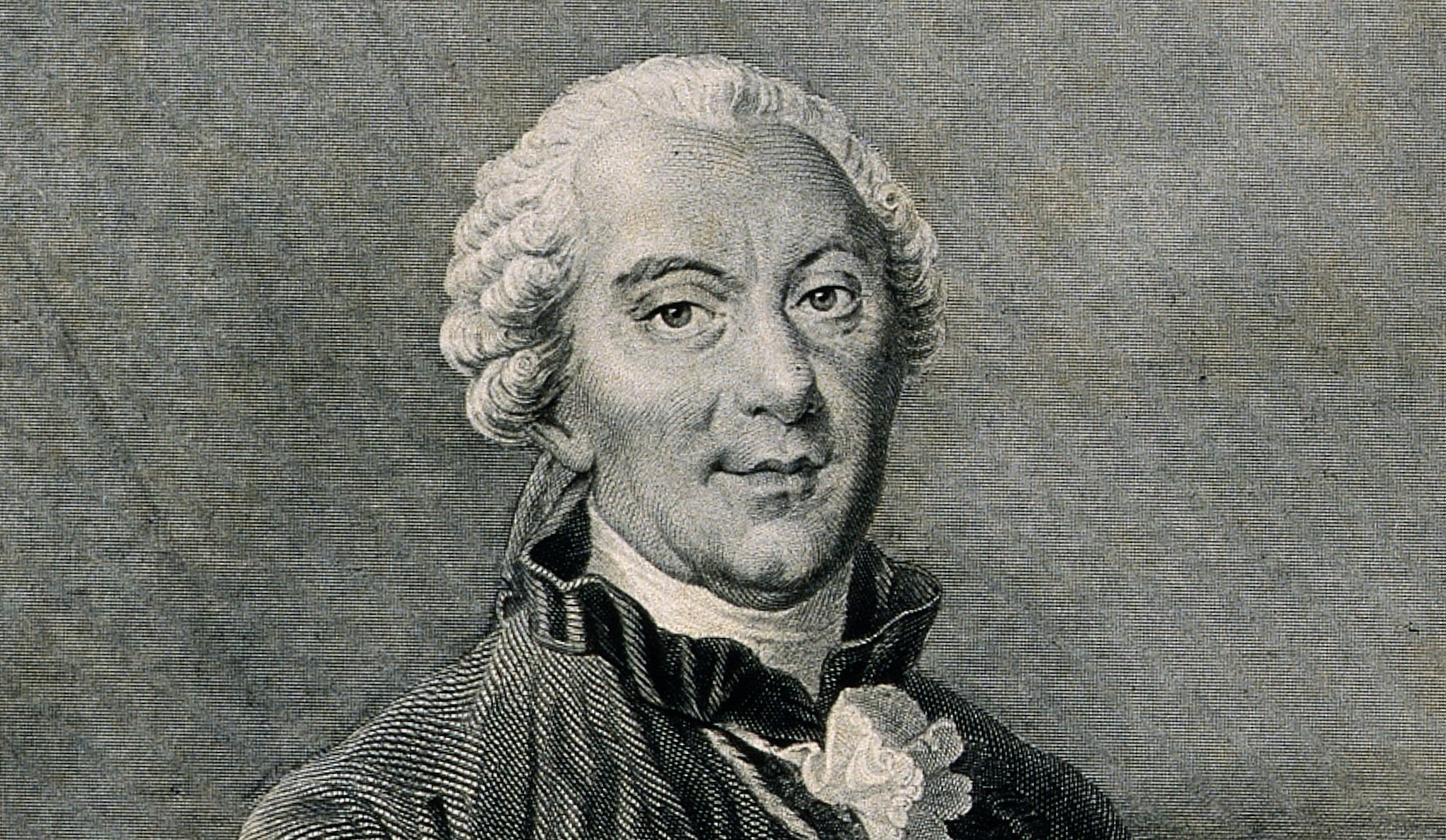
Source: Wikimedia Commons
In 1973, an engineer, Ioannis Sakkas, believed that the death ray was possible because she used bronze-coated mirrors to set wood covered in tar on fire in just a few minutes.
Busting the Myth of the Death Ray
The popular TV show “Mythbusters” attempted to recreate Archimedes’s death ray three times. However, each attempt failed, debunking the “myth” behind Archimedes’s legendary death ray.
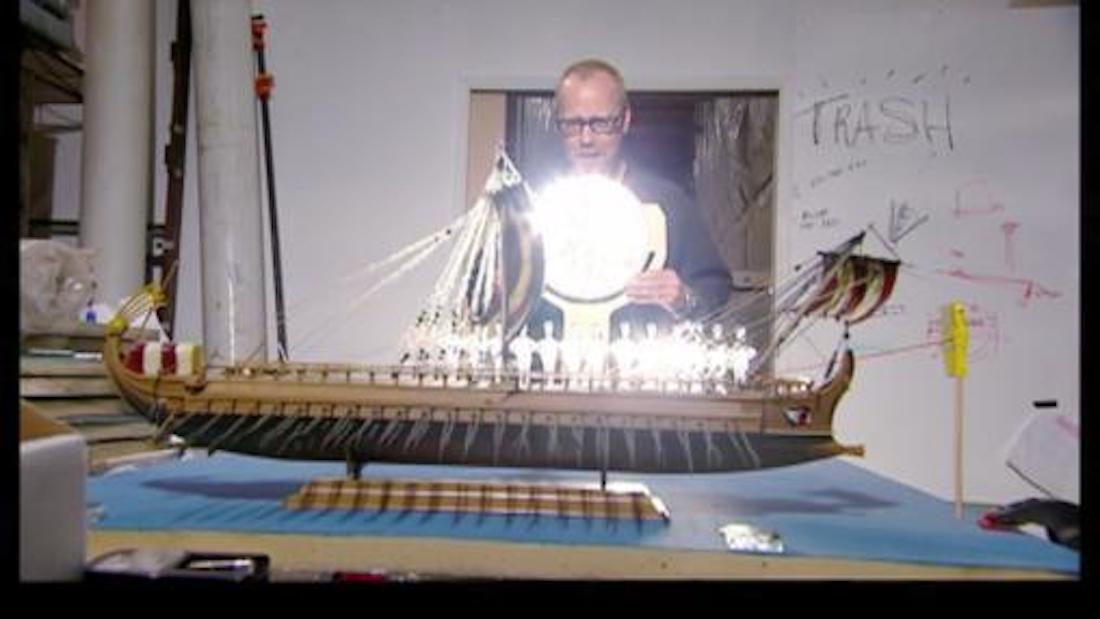
Source: Mythbusters/YouTube
In 2005, an MIT professor ignited a wooden boat with the technique. When he attempted to recreate the success of the first trial, he failed.
Archimedes’s Could Have Used Other Tools to Help Set the Boats on Fire
So why was Sener successful (on a miniature scale) when so many others were getting inconsistent findings? Sener pointed out that moving boats are difficult targets. Cloud coverage, distance from shore, and wetness of the wood could all affect the death ray’s ability to start a fire.
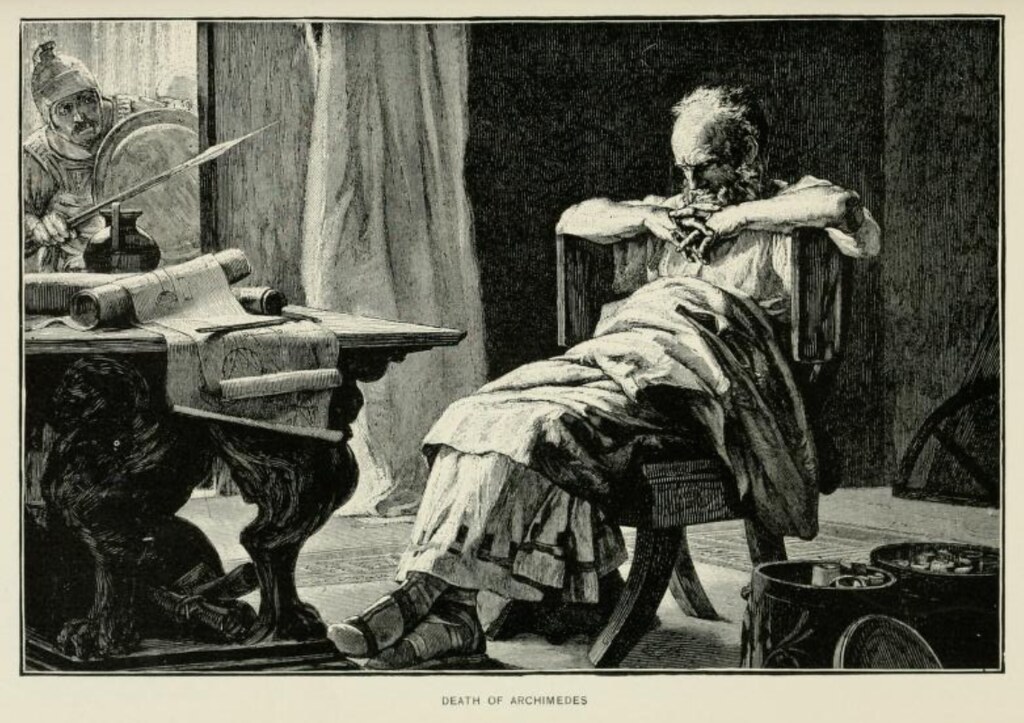
Source: Patrick Gray/Flickr
Archimedes’ weapons varied and were less finicky and more cost-effective than most people could imagine today. Who knows what else the famous mathematician could have been using to help amplify the effects of his death ray?
Are Real Death Rays Possible?
Mirrors have an amazing power to dazzle everyone and everything, big or small. But the plausibility of using several mirrors tilted and adjusting toward the sun and a target sounds more likely to be a myth than fact.
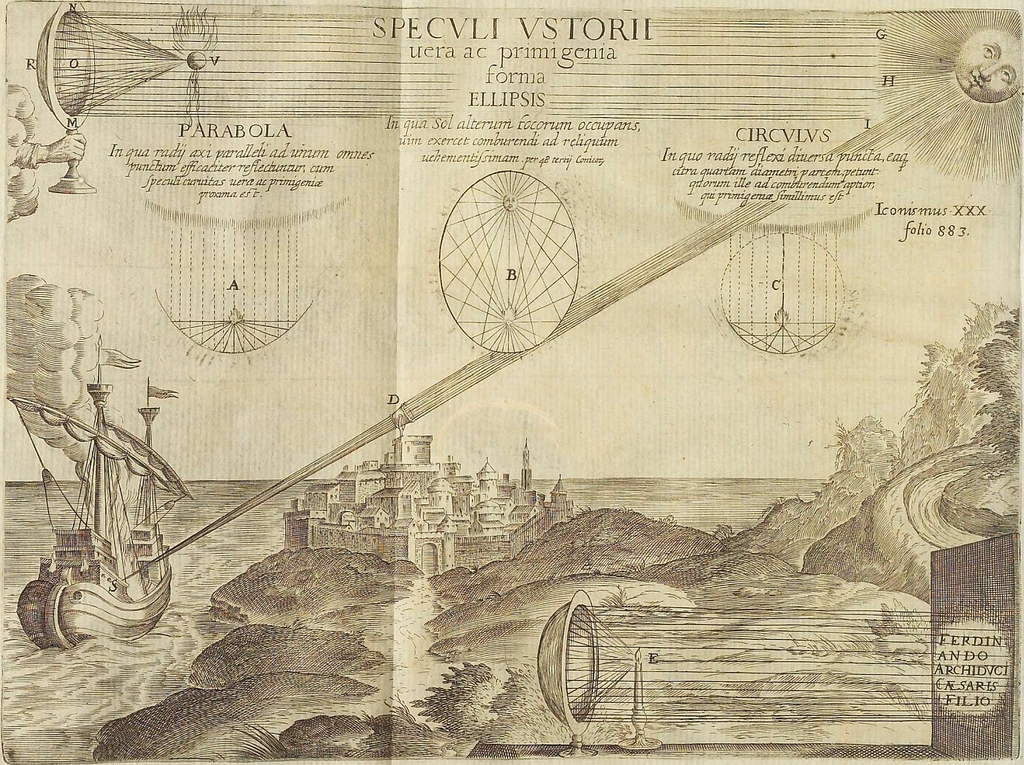
Source: Collection of Natural Science/GetArchive
Sener proudly won the award from the London Public Library for inspiring students’ interest in science and technology, but we eagerly anticipate his next project as a middle schooler.
